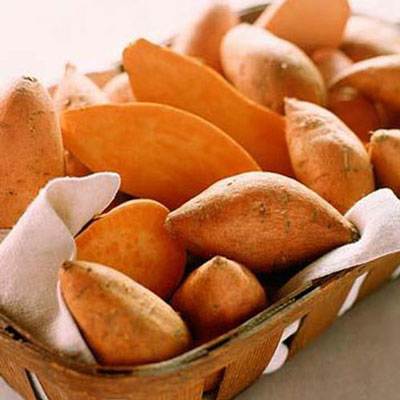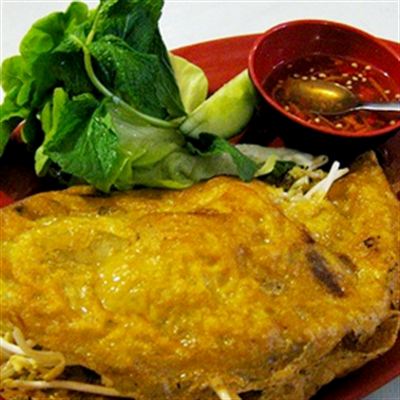Hue Attractions – What to See in Hue – Vietnam
Somewhat surprisingly Vietnam’s central cities aren’t on every traveller’s radar even though they are home to some of Vietnam’s most interesting architecture and history. Located on the banks of the Perfume River, Hue is home to a variety of war-torn temples, tombs and palaces, many of which were the homes and places of worship of Nguyen-era emperors. Many of the buildings and structures in Hue are still quite damaged, giving it the feel of a modern-day Pompeii, despite mass tourism. However, there have been some efforts to restore buildings in Hue since 1990 when the area was declared a World Heritage site.
Don’t miss out, make sure you include a trip to Hue in the North Central Coast district on your Vietnam travel itinerary. Hue sits in the Thua Thien Province and is about 700 km south of Hanoi and about 1,100 km north of Ho Chi Minh City, aka Saigon. And Vietnam has just been named as the fastest growing tourist destination.
Imperial Citadel (Dai Noi)
Built in the early 19th century, circa 1804, by thousands of labourers at the request of Emperor Gia Long, the Imperial City and Citadel was a massive structure, large enough that a 10 kilometer moat was constructed to surround and protect it. Modelled after the Forbidden City in Beijing, the Imperial City and Citadel was designed to be the royal quarters of Emperor Long. When the last Emperor of Vietnam stepped down the structure had expanded to include hundreds of rooms. While quite grand in scale, many of the buildings were in a state of disrepair due to typhoon and termite damage. In 1968 the Imperial City and Citadel were bombed by American forces during the Vietnam War, demolishing most of the buildings. In 1993 the Imperial Citadel and the collective ‘Complex of Hué Monuments’ was declared a UNESCO site, and some of the buildings have been restored for historical preservation.

Tu Duc Tomb
Emperor Tu Duc, the longest reigning Emperor in Vietnamese history isn’t actually buried at the site of the Tu Duc Tomb, pictured above. Completed nearly 20 years before his death in 1883, the building of the Tu Duc tomb required so much funding and labor that there was actually a coup against Tu Duc in 1866. Near the site you’ll find his epitaph, inscribed on a piece of stone brought from a quarry over 500 miles away from the site. The journey took workers four years to complete. Tu Duc had to write his epitaph himself because he was unable to father a son before he became sterile because of smallpox, despite his many wives and concubines. While the Tu Duc tomb is recognized as the Emperor’s official resting place the actual burial site is still unknown. The 200 labourers who prepared the actual burial site were beheaded by the King after burying the body.
>>> Find danang attractions: temple, museum, pagoda those places should not be missed when travelling to Da Nang.
An Dinh Palace
The architecturally stunning An Dinh Palace was the residence of the Nguyen dynasty and was built in early 20th century and is one of Hue’s best known historic sites, although it isn’t often included on mainstream itineraries. The An Dinh Palace, built in the typical style, was restored several years ago and a new project to fully restore the surrounding three storey buildings will return the An Dinh palace to a primary tourist spot.
Situated on the bank of An Cuu River in Hue City’s Phu Nhuan ward, the An Dinh Palace was commissioned by King Dong Khanh and at the time called Phung Hoa, as a gift for the Crown Prince Nguyen Phuc Buu Dao. When the Prince was made King in 1916 the palace took on the current name and passed through the family until the palace was presented to the Revolutionary government. Sadly the palace fell into severe disrepair until 2001 when the palace underwent extensive restoration in readiness for hosting the 2002 Hue Festival. An Dinh Palace also hosted the 2004, 2006 and 2008 Hue Festivals.
Following the next stage of restoration, ancient artefacts and works of art that portray the Nguyen Dynasty’s royal lifestyle will be displayed. This project is a part of the drive to preserve and restore the history, culture and architecture of Hue City. Earlier this year the center unveiled a 3D project which shows the heritage and architecture in its full glory.

Minh Mang Temple
Take a boat ride up the Perfume River to the Minh Mang Temple which is a fine example of an emperor’s tomb. The Minh Mang Temple is located about 12km outside of Hue City, on the West Bank so the Perfume River in Cam Ke Hill. Construction began in 1840 and during the build Minh Mang actually passed away. Hi son completed the works and his father was interred in the temple as requested. The temple is also part of the UNESCO-recognised Hue complex.
>>> top things to do in vietnam, plus suggested routes. Travel tips and advice for backpackers and independent travelers.
Perfume River Tour
Hire a boat for a day and take a trip along the Perfume River to explore the various Tombs of the Emperors. Dating from the 19th century, the best preserved examples are the Tomb of Tu Duc and The Tomb of Minh Mang already listed above. In addition there are wonderful examples of Vietnamese architecture including the Tomb of Khai Dinh, the remote ruins of the Tomb of Gia Long and the Tomb of Thieu Tri which was built in 1848. There is also the Tomb of Dong Khanh which was constructed in 1917 and the Tomb of Khai Dinh which is the best preserved tomb along the river.
When to visit to Hue
If you’ve never been to Vietnam or Southeast Asia before, visiting Hue during the Festival of Hue may be the best time to visit since there will be many international travelers there and you may feel more comfortable navigating the city. The Festival of Hue takes place between April 8th and April 15th in even numbered years. Hotel rooms and travel amenities come at a premium during the Festival of Hue, so book your stay early to avoid high costs. Even if you don’t plan on going to Vietnam when the Festival of Hue is taking place, many people still consider February to April the best months of the year for travel to Vietnam. However, you should remember that weather can change from region to region because of opposing monsoon seasons in the north and south.
Basic Travel Tips
- Vietnam is a fairly safe country and serious crimes like armed robbery are still rare. However, tourists should watch out for pickpockets and scams, especially when near major tourist attractions and at hotels frequented by tourists.
- Stick to bottled water, canned drinks and boiled liquids like coffee or tea. A resurgence in cases of diarrhoea and cholera have been reported to the U.S. Bureau of Consular Affairs since 2007.
- Road conditions can be poor in Vietnam and if you are going to rent a car, you should exercise extreme caution especially when driving at night. If you are going to take a taxi, always use taxis that have been requested by your hotel or stick with airport taxis. Airport taxi companies change regularly in Vietnam, so find out which one is safe for you to use before your visit. When arriving, avoid getting into any taxi that offers a discounted fare or claims to be there to pick you up. If you requested car service, ask the driver to show you their identification and license plate number.
Explore vietnam places to visit with Hivietnam: find out when to go, view itineraries and read about lakes, bays, street food and water puppets.





